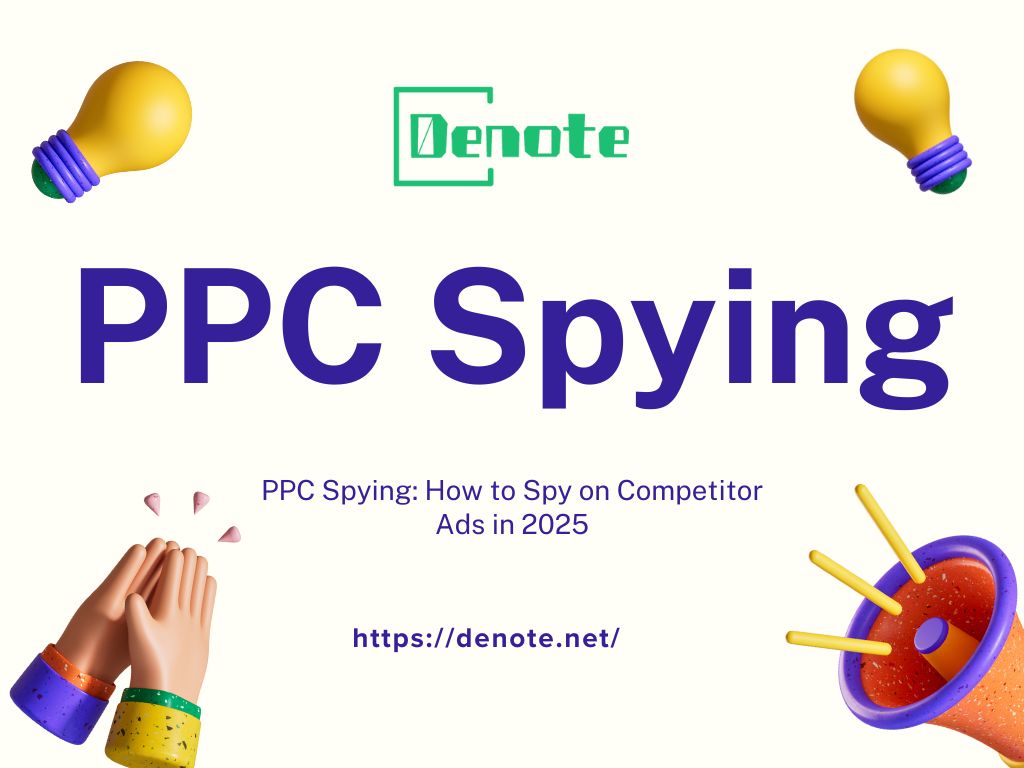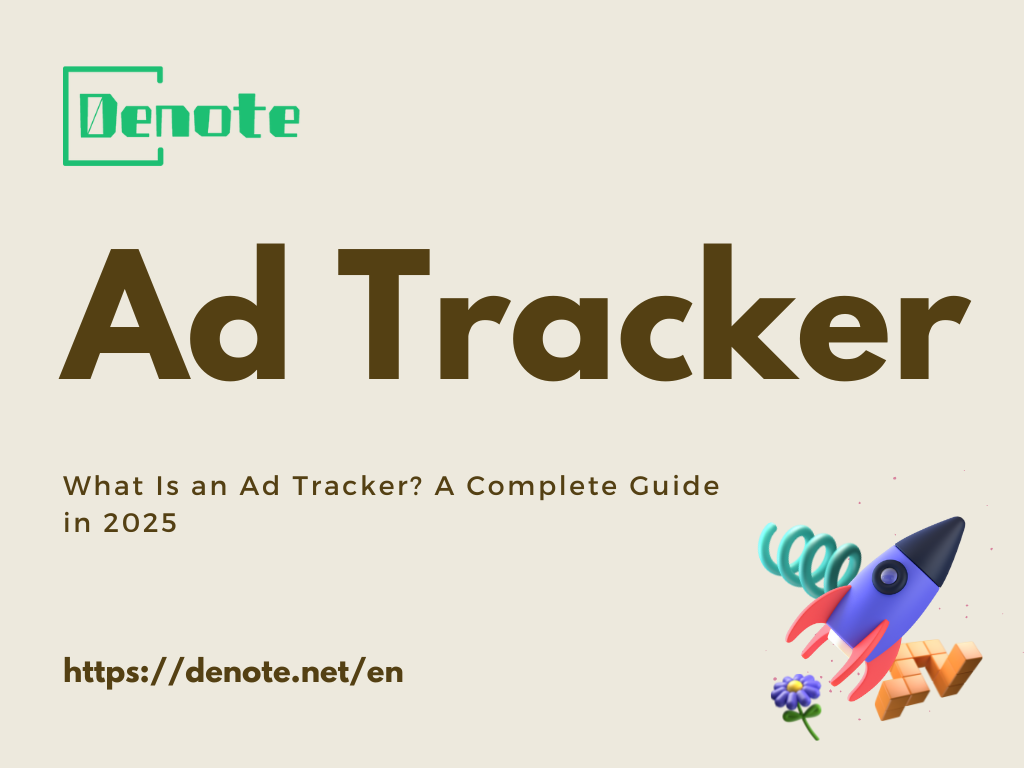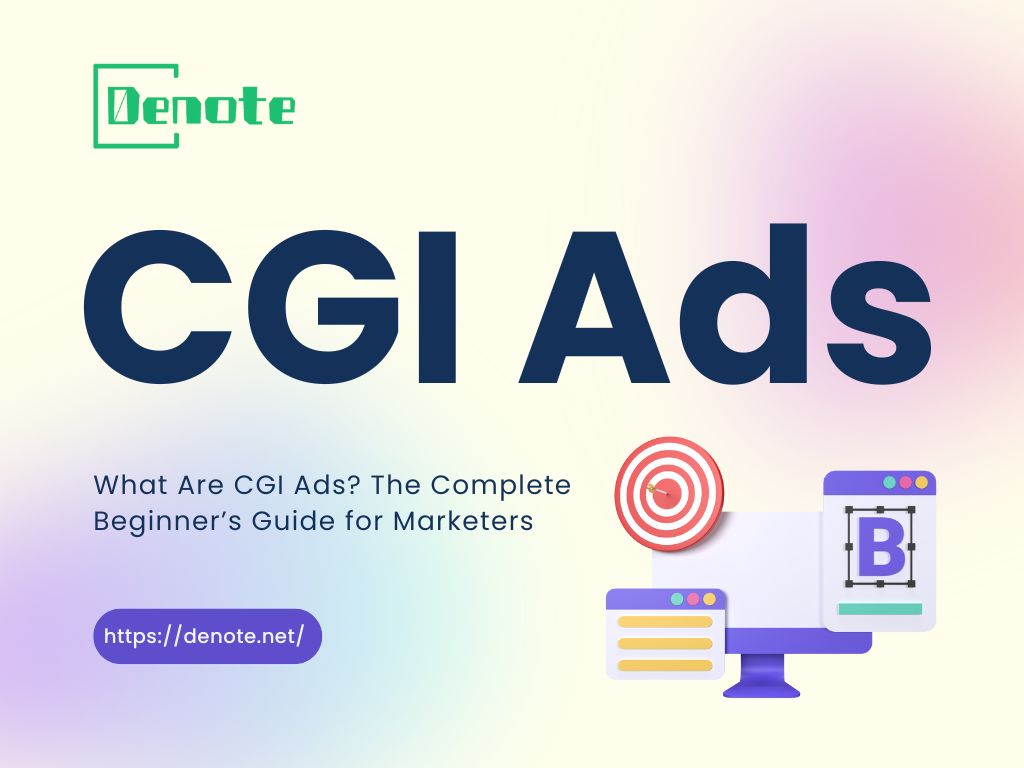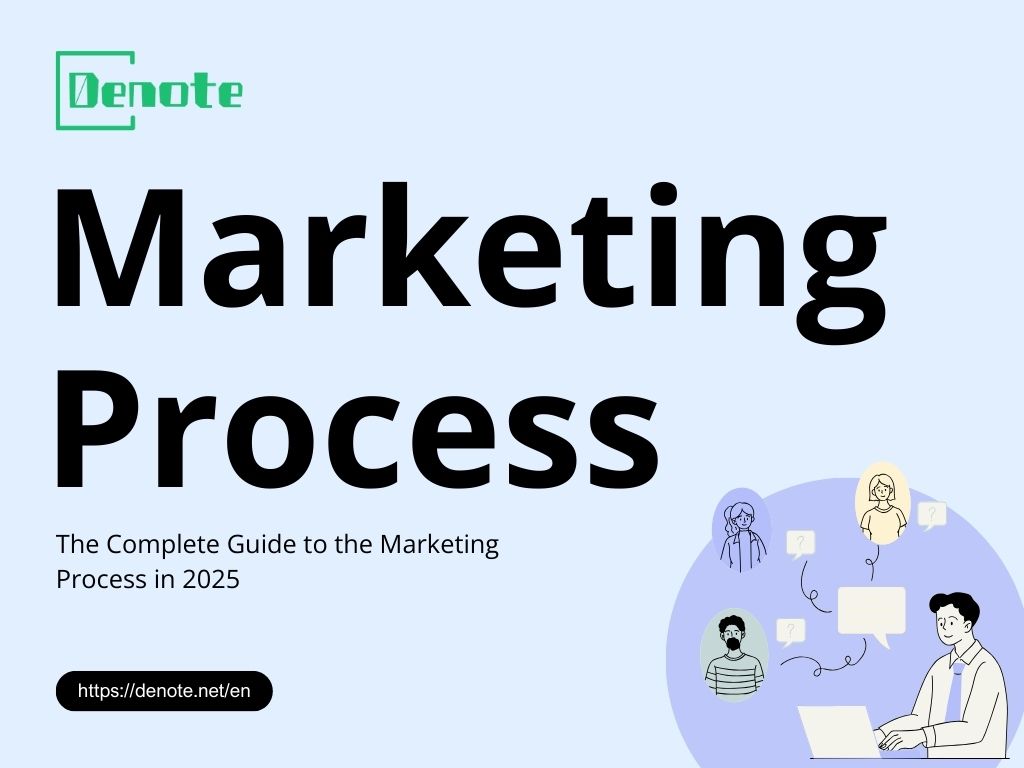A Complete Guide to Competitor PPC Analysis in 2025
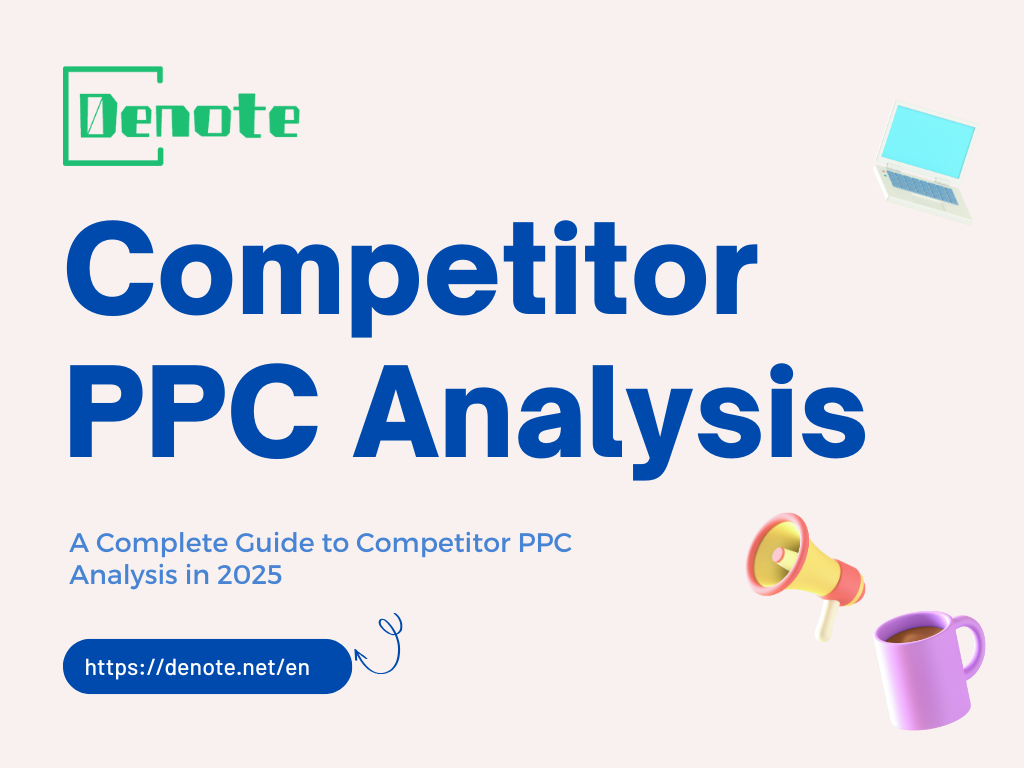
Why Competitor PPC Analysis Matters
Scoping out what your rivals are doing with PPC? Oh man, that’s not just some boring step on a checklist—it’s like discovering cheat codes for the digital game. Imagine slapping on a pair of X-ray specs and snooping on their ad madness, how much cash they’re tossing around, what kind of messages they’re yelling, and even how they're trying to outbid you. If you’re just flinging ads out there like you’re playing pub darts after three beers, you’re basically leaving money on the table.
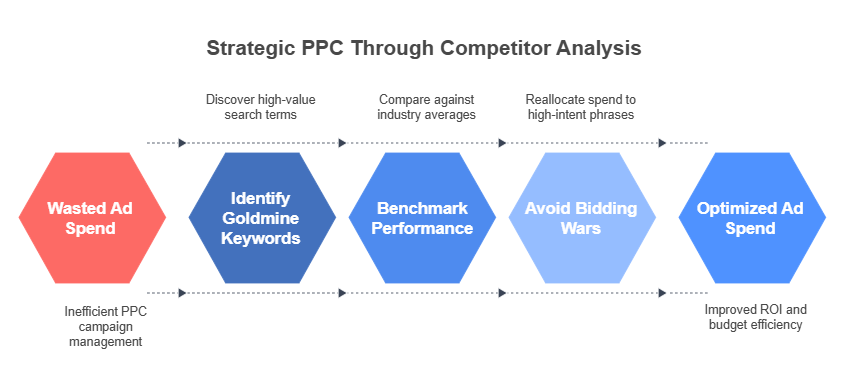
Understanding the PPC Landscape
Imagine entering a maze where every twist and turn is another advertiser vying for the same clicks. That’s the PPC landscape. Competitor PPC analysis helps you map that maze: know which keywords trigger ads, which ad copy hooks audiences, and who's dominating each device or geo segment. Insights from competitor paid search analysis tell you:
- Which keywords are goldmines (and which are money pits)
- Whether your competitors are targeting long-tail phrases like “best vegan protein powder under $30”
- How they structure ad groups, headlines, and CTAs
Basic campaign tracking only shows how you’re performing—it doesn't show why. A rigorous competitor PPC analysis guide clears the fog, converting intuition into strategy.
Benchmarking Your Performance
Say you're running a doomed marathon against Usain Bolt without checking his pace. That’s how PPC feels without benchmarking. When you perform competitor PPC analysis, you benchmark:
- Average CPC across your industry
- Competitor impression share
- Ad position and CTR averages
For example, if the median CTR for “leaf blower battery” is 3.2% and you’re stuck at 1.5%, competitor benchmarking via tools like Semrush or Denote shows you how your rivals craft their ads for better engagement. You know where you lag and what to improve—no guesswork.
Avoiding Wasted Ad Spend
There’s a dark side to PPC: useless clicks that bleed your budget dry. Competitor PPC analysis helps you spot:
- Bidding wars on high-CPC, low-converting terms
- Irrelevant long-tail keywords your competitors ignore
- Ad copy tweaks that squeeze budget waste
By learning from competitor PPC research—for instance, noticing a rival drops a keyword you’re overbidding on—you can reallocate spend to high-intent phrases. Suddenly, your ROI climbs, and your budget thanks you.
How to Identify Your PPC Competitors
Knowing who you're up against is step one. But beneath the obvious big players lie stealthy contenders eating away at your clicks.

Direct vs Indirect Competitors
Direct competitors are those offering the identical product or service—consider, for example, QuickBooks and Xero within the realm of cloud accounting software. The rivalry between such brands is fairly apparent.
Indirect competitors, on the other hand, are less obvious. These might include providers of accounting courses or vendors of specialized Excel templates. While not selling the same core product, they nevertheless attract a similar audience and can divert potential search traffic. For any comprehensive PPC analysis, it is essential to evaluate both direct and indirect competitors to fully understand the competitive landscape.
Tools to Uncover Competitors
Use a three-pronged approach:
- Google Search + Auction InsightsType in your core keyword and note top ads. Then use Google Ads’ Auction Insights report to capture impression share and overlap with competitors—even those you didn’t identify.
- Spy tools (e.g. Denote, Semrush, SpyFu)These show who bids on your keywords, along with estimated spend, ad history, and trending creative.
- Manual reconnaissanceBrowse competitor landing pages and track ad copy changes. This raw approach complements automated tools and reveals nuances.
Tracking Competitor Changes Over Time
A single snapshot isn’t enough. Competitors tweak hourly. Use Denote’s Ad Spy to track creatives, CTAs, and landing pages—and spot what changes first when a sale or trend drops. That’s your cue to pivot quickly.
Top Tools for Competitor PPC Analysis
A solid toolkit is key. While there are 11+ options out there, here are four essentials.
Denote
Let’s start with the rising star—Denote. It’s more than just a spy tool; it’s tactical surveillance. It tracks:
- Keyword gaps: what rivals bid on that you don’t
- Ad creative: headlines, CTAs, extensions
- Spend estimates: when increases personify promos
- Landing page changes
Marketers call Denote their “PPC spyglass.” It’s especially powerful at turning competitor PPC analysis into real-time action. For SEO effectiveness and marketing separation, I'm weaving in Denote at least three times—because it deserves the spotlight.
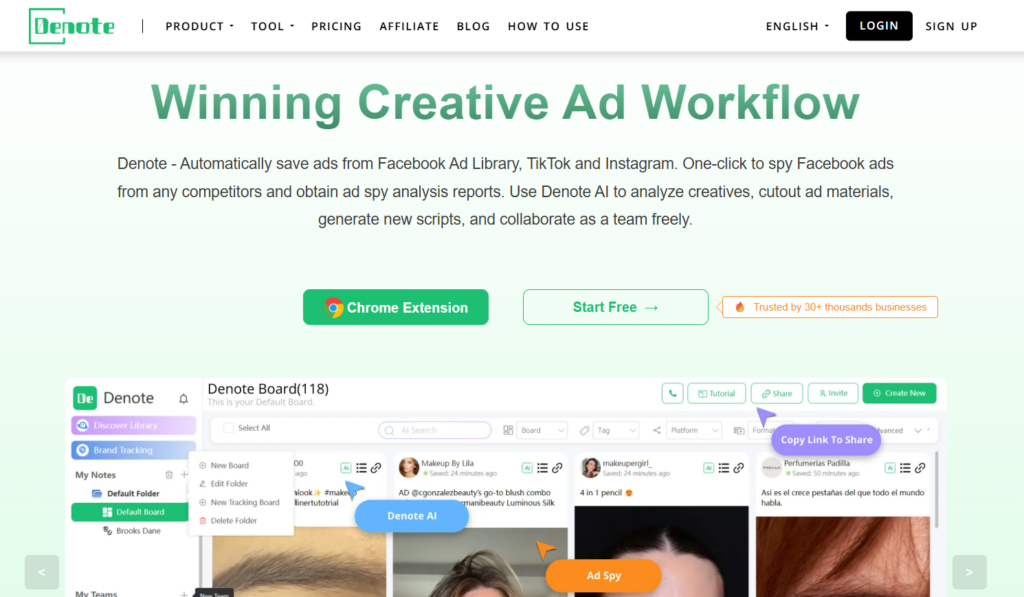
Semrush
A stalwart of PPC intelligence, Semrush Advertising Research offers:
- Keyword grids for every competitor
- Ad copy history and spend approximation
- CPC trends by geography and competitor
It’s ideal for competitive audits with depth: if Denote is your quick-response tool, Semrush is your research lab.
Google Ads Transparency (Auction Insights)
Straight from the source—Auction Insights gives accurate data on:
- Competitor impression shares
- Who outranks you most often
- Overlap and position rate
Since it’s platform-native, data accuracy is unmatched. Combine it with tool-based intel for a 360-degree view.
Key Metrics to Analyze in Competitor PPC Campaigns
Let’s dig into the numbers that move the needle.
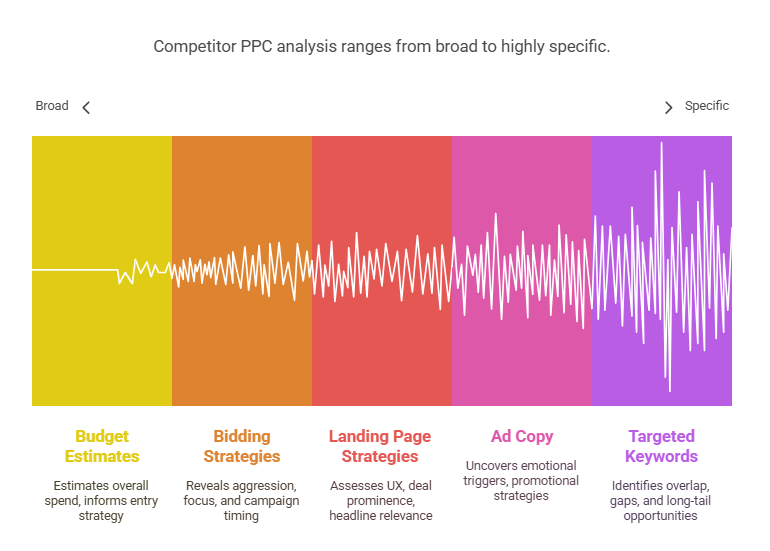
Targeted Keywords
Start with keyword overlap: which terms both you and your competitors target. Then look for keyword gaps—pockets of opportunity your rivals are exploiting or neglecting. Long-tail keywords like “best eco-friendly yoga mat” may be ignored by big brands but convert better for you.
Ad Copy and Messaging
A review of competitor advertisements reveals the use of compelling emotional triggers and promotional strategies, such as “Limited Time Offer,” “Free Shipping Today,” and “30-Day Money-Back.” By conducting a thorough PPC analysis of these competitors, one can develop advertising copy that strategically surpasses their messaging in both effectiveness and appeal.
Landing Page Strategies
It’s where clicks convert to conversions. Analyze:
- Headlines—do they echo ad copy?
- Deal prominence—do they tag “50% off” at the top?
- UX—does the page load fast, especially on mobile?
When competitor paid search analysis reveals low-quality landing pages, you capitalize with better user experience.
Bidding Strategies
Not all bids are equal:
- Are competitors bidding aggressively on branded terms?
- Do they avoid non-branded search?
- Are they focusing during peak hours?
Tools like Denote and Auction Insights show changes. A sudden CPC jump may signal a flash sale or new campaign.
Budget Estimates
Know thy enemy’s budget. Estimations help determine:
- Entry strategy—whether to match budgets or focus on niche keywords
- Spend cycling—when they ramp up, you should too
Use Semrush and Denote to estimate monthly PPC budgets and adjust your strategy accordingly.
How to Apply Competitor Insights to Your Own PPC Strategy
You've gathered gold. Now what? Let’s turn insight into impact.
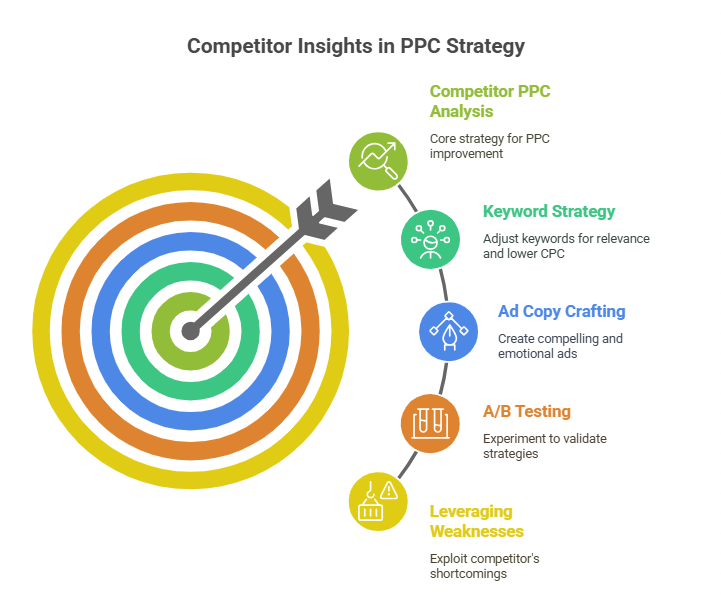
Adjusting Your Keyword Strategy
- Fill gaps: Add their high-performing long-tail keywords.
- Morph your structure: If they target product-level keywords, match or niche further.
- Neglected low-hanging fruit: If they skip “2025 warranty,” go for it.
Each change boosts click relevance and lowers CPC.
Crafting More Competitive Ad Copy
Elevate your calls-to-action by examining proven examples and then incorporating your distinct perspective—mere imitation won’t cut it. Choose words that evoke a strong emotional response; terms such as “transformative” or “immediate” can be especially compelling. When introducing urgency, move beyond conventional phrasing by offering something more imaginative, for example, “Secure tomorrow’s rate today.”
Ultimately, your writing should maintain a sense of authenticity, intellectual engagement, and memorability, steering clear of mechanical or generic expressions.
A/B Testing Based on Learnings
Don't copy—experiment.
- Test headlines like theirs vs fresh angles.
- Test long vs short CTAs.
- Test display URL vs vanity URL.
Use live data to confirm what sticks. Split tests are your best teacher.
Leveraging Competitor Weaknesses
Look for cracks:
- Weak landing UX? Build speedier pages.
- Boring CTAs? Swipe bold.
- High CPC but low conversions? Target similar keywords with a better funnel or offer.
A vigorous competitor PPC analysis doesn’t copy—it outstrips.
Common Mistakes in PPC Competitive Analysis
Even seasoned marketers trip up. Here’s what to avoid:
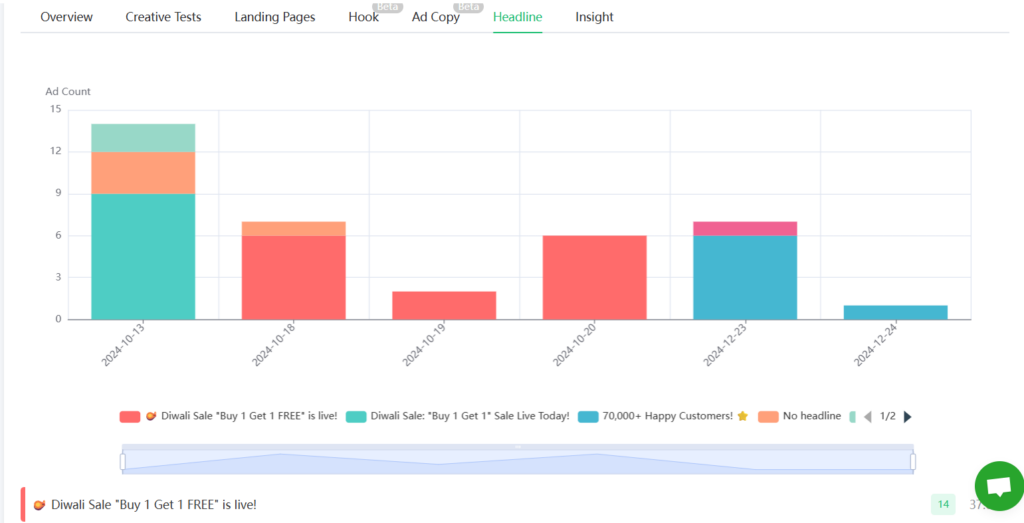
Focusing Only on Big Players
Big brands hog ad space, but small ones often carve out niches. Competitor PPC analysis works best when it includes all sizes.
Ignoring Long-tail Keywords
Leading brands tend to pursue high-traffic, generic keywords. Yet, in reality, substantial profitability often emerges from more specific, long-tail phrases—typically those four to six words in length. Overlooking these targeted keywords means missing a strategic opportunity for niche market leadership.
Over-relying on One Tool
No single tool captures everything. It’s wise to combine resources: Denote provides immediate snapshots, Semrush allows for historical analysis, and Auction Insights delivers precise competitive data. Relying on multiple platforms ensures a more comprehensive and accurate understanding.
Conclusion
Let’s get one thing straight—competitor PPC analysis is not a one-and-done task. It’s not like checking your cholesterol once a year and calling it a day. It’s more like brushing your teeth: do it regularly or risk decay—in this case, the decay of your ad performance, conversions, and ROAS.
